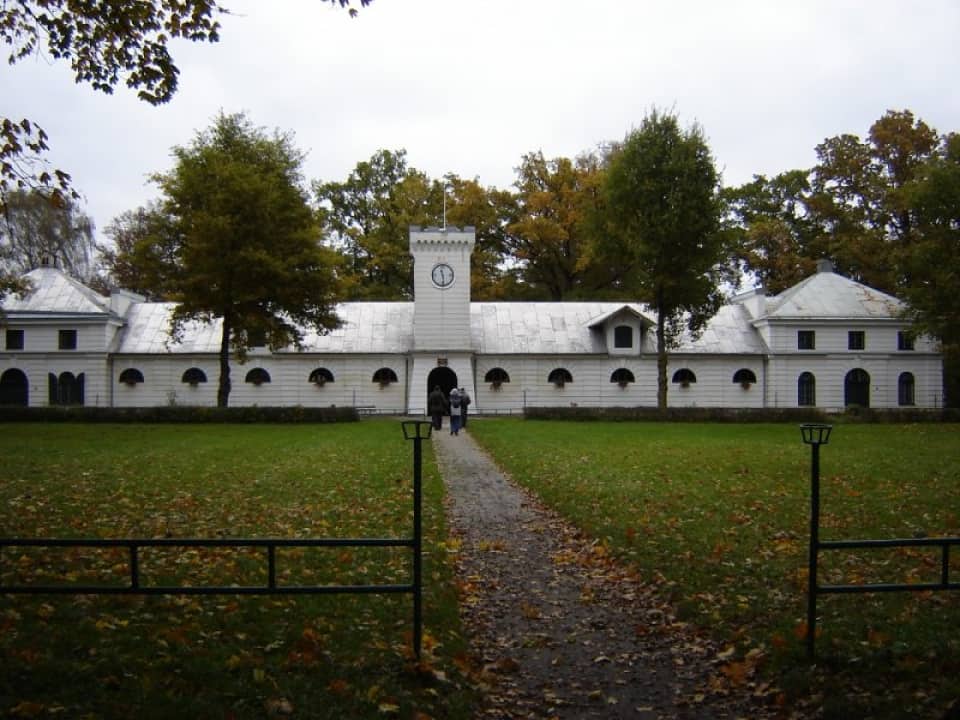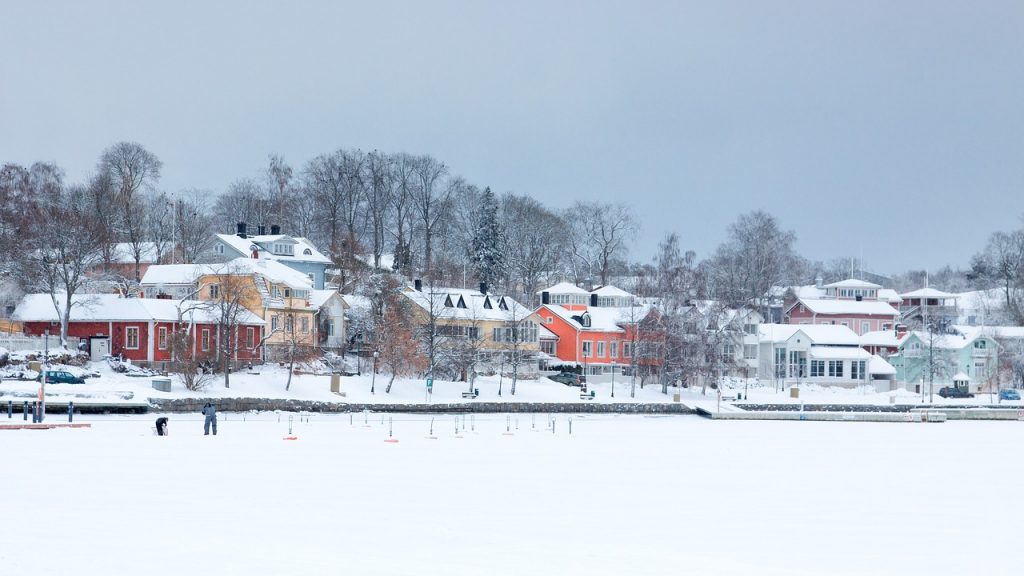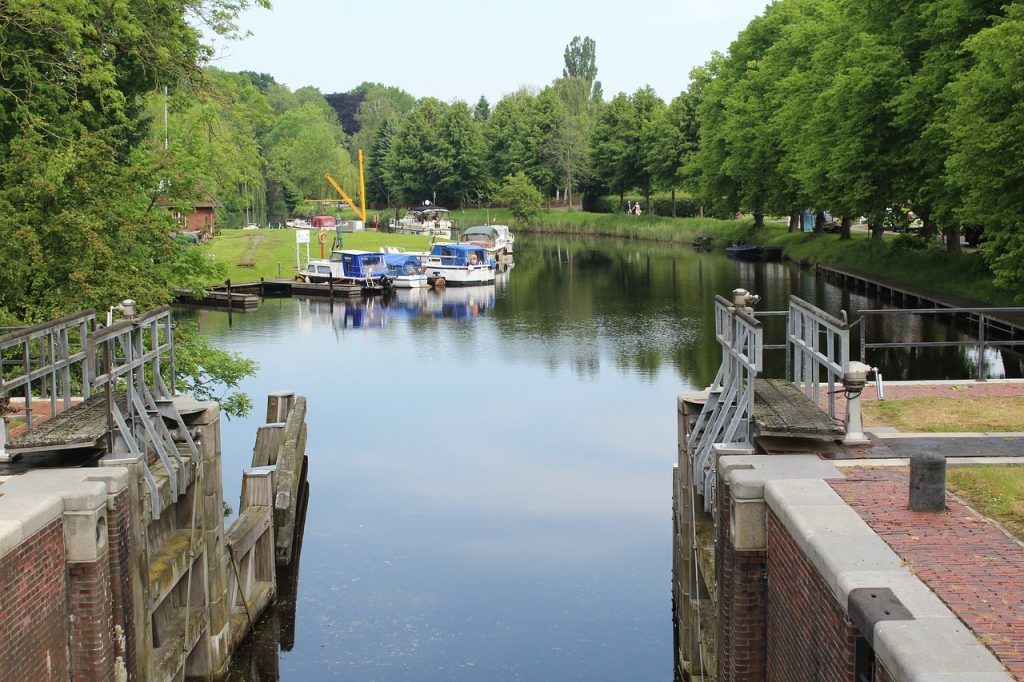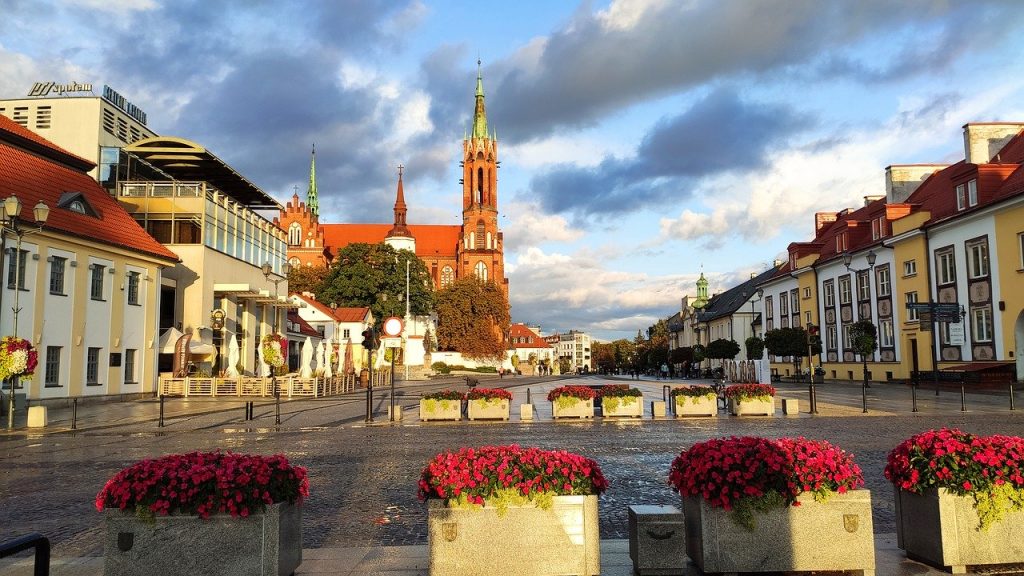Janów Podlaski is a town famous mainly for breeding Arabian horses and annual horse auctions, attracting numerous breeders and exhibitors from Poland and abroad.

City history
In the place of today’s settlement Janów Podlaski, there was the village of Porchów, whose earliest mention dates from the Middle Ages. Podlasie was then the property of the Grand Duchy of Lithuania. On May 13, 1428, the village of Porchów was handed over together with other landed property by Prince Witold to the bishop of Łuck. The first wooden church of St. St. Of the Holy Trinity, erected probably on the site of the present church under the same invocation. In 1437, the donation was confirmed by Sigismund the Grand Duke of Lithuania. Around 1450, after the Tatars were burnt by the Tartars, the Łuck bishop Jan Łosowicz moved his residence to Porchów. In 1465, the same bishop obtained from Chełmno the civic rights of king Kazimierz Jagiellończyk, giving him the name Janów from his name. Until 1796, 43 bishops resided here in turn.
Thanks to its convenient location at the trade routes and crossing the Bug, the city developed successfully. At the end of the 15th century there was a castle of bishops and 2 churches. In the 17th century at the invitation of Bishop Stanisław Gomuliński, came to Janów. Dominicans. The fire in 1620 and the Swedish wars caused the destruction of the city along with the castle. In the 18th century a new bishop’s palace and temples were built. During the Kościuszko Uprising in 1794, the bishop’s palace was again destroyed. From 1818 to 1866, it was the seat of the Podlasie diocese, and in 1868 Jan was deprived of city rights. In the years 1896–1912 Eng. Czesław Tański, a pioneer of Polish aviation, who conducted tests of gliders and hang gliders he constructed in the area. In 1918 Janów regained its municipal rights, and again became the capital of the Podlasie diocese, which, however, was moved to Siedlce in 1924. Today it is a well-known agritourism center.
The monuments of Janów include:
- the cathedral complex, which includes the baroque church of St. Of the Trinity built in 1714-1735 on the initiative of bishop Aleksander Wyhowski. Inside, there are baroque furnishings from the 18th century, a high altar in the Regency style, 12 paintings from the school of Franciszek Smuglewicz (18th-19th century), episcopal stalls. In the altar, the relics of St. Wiktor, martyr from the 3rd century. Belfry from 1745 and the buildings of the spiritual seminary from the mid-18th century, which existed in Janów in the years 1685–1939. Presbytery from the mid-nineteenth century, fence from the turn of the eighteenth and nineteenth centuries, garden pavilion from the mid-eighteenth century
- church St. John the Baptist sub-Dominican, built in 1465, burned by the Swedes, rebuilt in 1790–1801, with a classical style. Transformed into an Orthodox church in 1874, however, in 1918 returned to Catholics. Gate – bell tower from 1874 in the Russian-Byzantine style. From the palace built in 1770–1780, only outbuildings, a moat and part of the ramparts have survived. Naruszewicz’s Grotto from 1796, which is located in a park from the 18th and 19th centuries, where the bishop spent long hours meditating.
Arabian horse stud farm
In Wygod, 2 km from Janów, there is a world-famous horse farm. The Janów horse stud was founded in 1817 by the government of the Polish Kingdom with the consent of Tsar Alexander I, and the first director was Count Aleksander Potocki, who searched for the most beautiful animals in the farms of the Great Russian Empire. In the 1840s, Henryk Marconi designed 2 stables – Clock and Cugowa, at the end of the century 4 others were built, and at the beginning of the 20th century – more stable buildings and residential buildings for employees.

Every year in August, the horse stud farm in Janów Podlaski organizes the most prestigious shows and auctions of Arabian horses, which are visited by breeders and buyers from around the world.
Horse stud farm website: https://skjanow.pl/
The article comes from the portal: http://www.turystyka-pojezierze.pl/


